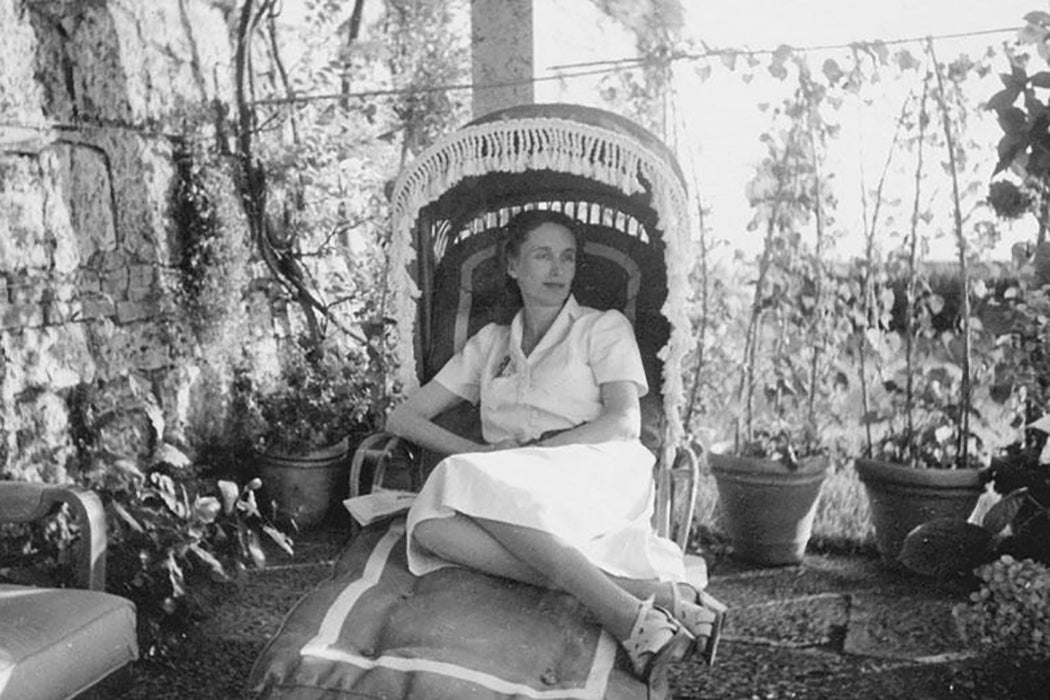Iris Origo’s diary War in Val D’Oricia has been described by writer Wallis Wilde-Menozzi as one of the “most riveting descriptions ever written about the civilian experience of war.” First published in 1947, the well-received narrative gave a nudge to international relations in the aftermath of World War II. Origo’s documentation of the generosity of ordinary Italians toward escaped Allied prisoners of war—often at great personal sacrifice and in the face of heavy Allied bombing, German occupation, and Fascist terror—was a testament to shared humanity.
It turns out there was a prequel to Origo’s work. She also kept a diary of the 1939-1940 period, detailing the months before Italy’s armed alliance with Nazi Germany. The diary is now available in the United States as A Chill in the Air. Her writing captures the fraught uncertainty of the time. Uniquely situated between aristocratic/diplomatic circles and the “street” (or, in her case, unpaved country lanes), Origo heard every story imaginable about where Italy was heading.
Wilde-Menozzi, who knew Origo, fills in some of the before- and after-biography: Iris Cutting was born to great privilege. Her mother was an Anglo-Irish aristocrat and her father was an American plutocrat. Iris’s father—who died when she was eight—wanted her bought up “in a country where she does not belong” so that she might be “free from all this nationalist feeling that makes people so unhappy.” She was raised by her widowed mother in one of Florence’s most famous villas.
Eventually Iris married Antonio Origo, an Italian noble. They purchased a Tuscan estate called La Foce, which they transformed from near wasteland to large farm, with initial help from grants from the Fascist state.
The Marchese Origo, as was her title, turned to writing after the death of her seven-year-old son in 1933. She wrote biographies of Allegra Byron, Giacomo Leopardi, and Cola di Rienzo. But war changes everything, as her two diaries so evocatively make clear.
In matter-of-fact prose, Origo conveys the wide-spread dismay of Italians at the prospect of being allied with Germany. Before the family car was requisitioned by the Germans, the Origos drove before dawn to avoid being strafed by Allied fighters.The Origos took in two dozen child refugees from bombed cities.
Weekly Newsletter
British POWs were quartered on their estate, and the Origos helped them escape. The incidents leading up to this dash across the fields could be an opera buffa. With a few of the POWs hiding inside her house, an elderly farm woman answers German troops with complete honesty: no, there are no Americans here. These and other escaped POWs, along with partisans (some nothing more than bandits) and AWOL Italian soldiers, roamed the countryside as the Allies slowly advanced up the Italian peninsula. La Foce was known as a safe place; dozens passed through, putting the Origos and their near-feudal dependents in outlying farms at great risk.
When Origo died in 1988, British and Italians alike paid tribute. Wilde-Menozzi’s encomium ends with: “Find her books: you will make an irresistible acquaintance.”







